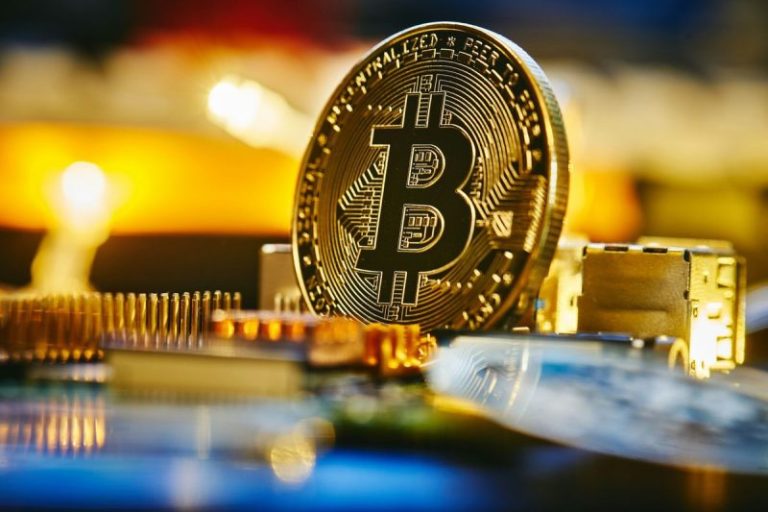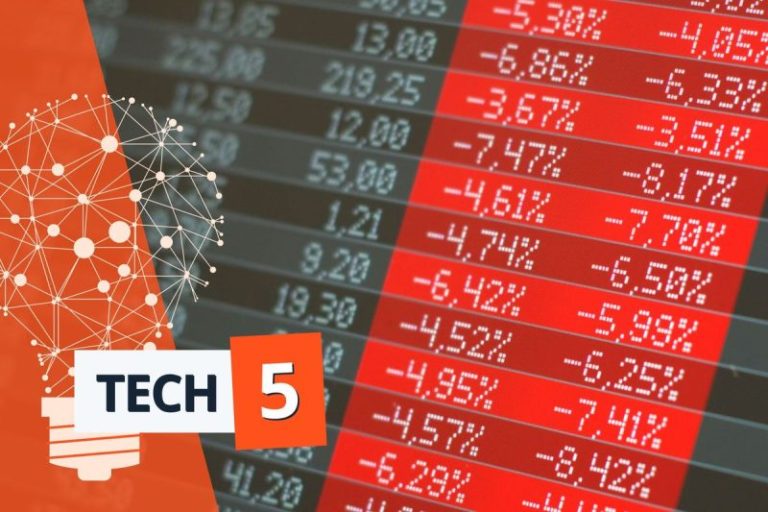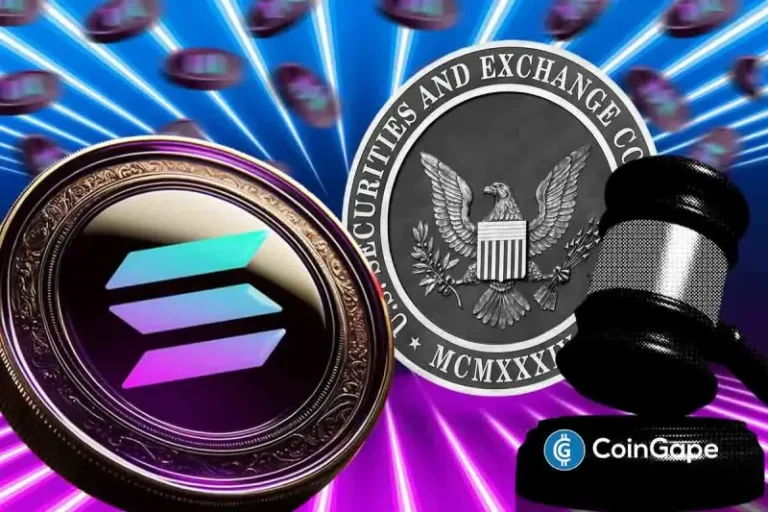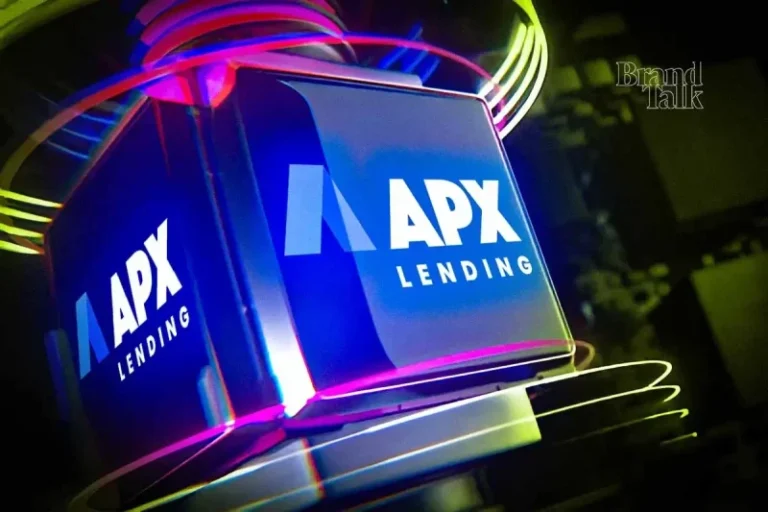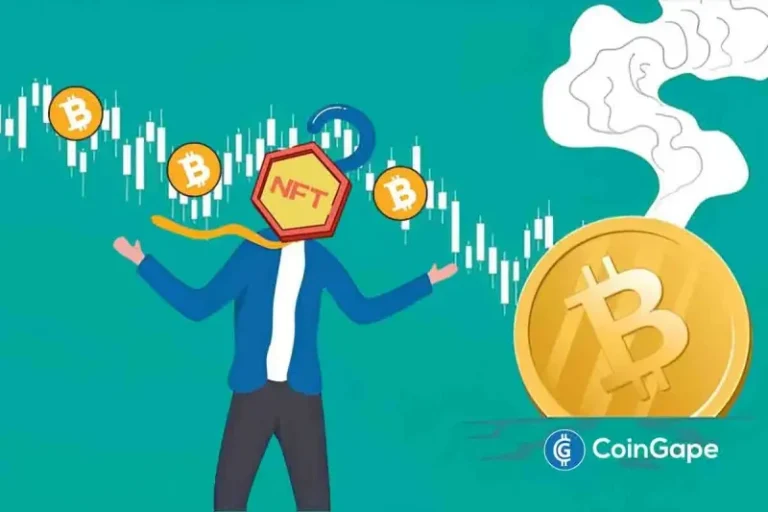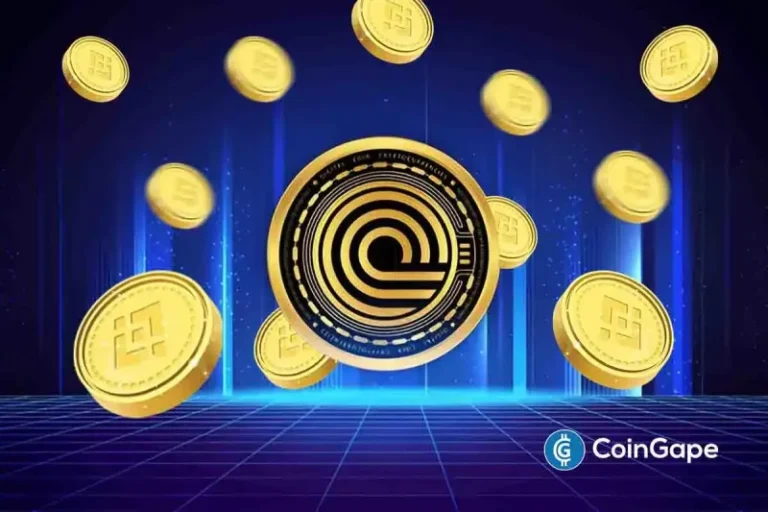Silver-mining companies and juniors have seen support from a strong silver price in 2025. Since the start of the year, the price of silver has increased by over 11 percent as of April 11, and it reached a year-to-date high of US$34.38 per ounce on March 27.
Silver’s dual function as a monetary and industrial metal offers great upside. Demand from energy transition sectors, especially for use in the production of solar panels, has created tight supply and demand forces.
Demand is already outpacing mine supply, making for a positive situation for silver-producing companies.
So far, aboveground stockpiles have been keeping the price in check, but the expectation is those stocks will be depleted in 2025 or 2026, further restricting the supply side of the market.
How has silver’s price movement benefited Canadian silver stocks on the TSX, TSXV and CSE? The five companies listed below have seen the best performances since the start of the year. Data was gathered using TradingView’s stock screener on February 12, 2025, and all companies listed had market caps over C$10 million at that time.
1. Discovery Silver (TSX:DSV)
Year-to-date gain: 185.92 percent
Market cap: C$848.98 million
Share price: C$2.03
Discovery Silver is a precious metals development company focused on advancing its Cordero silver project in Mexico. Additionally, it is looking to become a gold producer with its recently announced acquisition of the producing Porcupine Complex in Ontario, Canada.
Cordero is located in Mexico’s Chihuahua State and is composed of 26 titled mining concessions covering approximately 35,000 hectares in a prolific silver and gold mining district.
A 2024 feasibility study for the project outlined proven and probable reserves of 327 million metric tons of ore containing 302 million ounces of silver at an average grade of 29 grams per metric ton (g/t) silver, and 840,000 ounces of gold at an average grade of 0.08 g/t gold. The site also hosts significant zinc and lead reserves.
The report also indicated favorable economics for development. At a base case scenario of US$22 per ounce of silver and US$1,600 per ounce of gold, the project has an after-tax net present value of US$1.18 billion, an internal rate of return of 22 percent and a payback period of 5.2 years.
Discovery’s shares gained significantly on January 27, after the company announced it had entered into a deal to acquire the Porcupine Complex in Canada from Newmont (TSX:NGT,NYSE:NEM).
The Porcupine Complex is made up of four mines including two that are already in production: Hoyle Pond and Borden. Additionally, a significant portion of the complex is located in the Timmins Gold Camp, a region known for historic gold production.
Discovery anticipates production of 285,000 ounces of gold annually over the next 10 years and has a mine life of 22 years. Inferred resources at the site point to significant expansion, with 12.49 million ounces of gold, from 254.5 million metric tons of ore with an average grade of 1.53 g/t.
Upon the closing of the transaction, Discovery will pay Newmont US$200 million in cash and US$75 million in common shares, and US$150 million of deferred consideration will be paid in four payments beginning on December 31, 2027.
According to Discovery in its full year 2024 financial results, the Porcupine acquisition will help support the financing, development and operation of Cordero. Discovery’s share price reached a year-to-date high of C$2.12 on March 31.
2. Almaden Minerals (TSX:AMM)
Year-to-date gain: 136.36 percent
Market cap: C$16.47 million
Share price: C$0.13
Almaden Minerals is a precious metals exploration company working to advance the Ixtaca gold and silver deposit in Puebla, Mexico. According to the company website, the deposit was discovered by Almaden’s team in 2010 and has seen more than 200,000 meters of drilling across 500 holes.
A July 2018 mineral resource estimate shows measured resources of 862,000 ounces of gold and 50.59 million ounces of silver from 43.38 million metric tons of ore, and indicated resources of 1.15 million ounces of gold and 58.87 million ounces of silver from 80.76 million metric tons of ore with a 0.3 g/t cutoff.
In April 2022, Mexico’s Supreme Court of Justice (SCJN) ruled that the initial licenses issued in 2002 and 2003 would be reverted back to application status after the court found there had been insufficient consultation when the licenses were originally assigned.
Ultimately, the applications were denied in February 2023, effectively halting progress on the Ixtaca project. While subsequent court cases have preserved Almaden’s mineral rights, it has yet to restore the licenses to continue work on the project.
In June 2024, Almaden announced it had confirmed up to US$9.5 million in litigation financing that will be used to fund international arbitrations proceedings against Mexico under the Comprehensive and Progressive Agreement for Trans-Pacific Partnership.
In a December update, the company announced that several milestones had been achieved, including the first session with the tribunal, at which the company was asked to submit memorial documents outlining its legal arguments by March 20, 2025. At that time, the company stated it would vigorously pursue the claim but preferred a constructive resolution with Mexico.
In its most recent update on March 21, the company indicated that it had submitted the requested documents, claiming US$1.06 billion in damages. The memorial document outlines how Mexico breached its obligations and unlawfully expropriated Almaden’s investments without compensation.
Shares in Almaden reached a year-to-date high of C$0.135 on February 24.
3. Avino Silver & Gold Mines (TSX:ASM)
Year-to-date gain: 98.43 percent
Market cap: C$373.48 million
Share price: C$2.52
Avino Silver and Gold Mines is a precious metals miner with two primary silver assets: the producing Avino silver mine and the neighboring La Preciosa project in Durango, Mexico.
The Avino mine is capable of processing 2,500 metric tons of ore per day ore, and according to its FY24 report released on January 21 the mine produced 1.1 million ounces of silver, 7,477 ounces of gold and 6.2 million pounds of copper last year. Overall, the company saw broad production increases with silver rising 19 percent, gold rising 2 percent and copper increasing 17 percent year over year.
In addition to its Avino mining operation, Avino is working to advance its La Preciosa project toward the production stage. The site covers 1,134 hectares, and according to a February 2023 resource estimate, hosts a measured and indicated resource of 98.59 million ounces of silver and 189,190 ounces of gold.
In a January 15 update, Avino announced it had received all necessary permits for mining at La Preciosa and begun underground development at La Preciosa. It is now developing a 350-meter mine access and haulage decline. The company said the first phase at the site is expected to be under C$5 million and will be funded from cash reserves.
The latest update from Avino occurred on March 11, when it announced its 2024 financial results. The company reported record revenue of $24.4 million, up 95 percent compared to 2023. Avino also reduced its costs per silver ounce sold.
Additionally, Avino reported a 19 percent increase in production in 2024, producing 1.11 million ounces of silver compared to 928,643 ounces in 2023. The company’s sales also increased, up by 23 percent to 2.56 million ounces of silver compared to 2.09 million ounces the previous year.
Avino’s share price marked a year-to-date high of C$2.80 on March 27.
4. Highlander Silver (CSE:HSLV)
Year-to-date gain: 90 percent
Market cap: C$160.17 million
Share price: C$1.90
Highlander Silver is an exploration and development company advancing projects in South America.
Its primary focus has been the San Luis silver-gold project, which it acquired in a May 2024 deal from SSR Mining (TSX:SSRM,NASDAQ:SSRM) for US$5 million in upfront cash consideration and up to an additional US$37.5 million if Highlander meets certain production milestones.
The 23,098 hectare property, located in the Ancash department of Peru, hosts a historic measured and indicated mineral resource of 9 million ounces of silver, with an average grade of 578.1 g/t, and 348,000 ounces of gold at an average grade of 22.4 g/t from 484,000 metric tons of ore.
In July 2024, the company announced it was commencing field activities at the project but has not provided results from the program.
In its December 2024 management discussion and analysis, the company stated it was undertaking a review of prior exploration plans and targets, adding that it believes there is exceptional growth potential.
Highlander’s most recent news came on March 11, when it announced it had closed an upsized bought deal private placement for gross proceeds of C$32 million. The company said it will use the funding to further exploration activities at San Luis and for general working capital.
Shares in Highlander reached a year-to-date high of C$1.96 on March 31.
5. Santacruz Silver Mining (TSXV:SCZ)
Year-to-date gain: 85.45 percent
Market cap: C$192.16 million
Share price: C$0.51
Santacruz Silver is an Americas-focused silver producer with operations in Bolivia and Mexico.
Its producing assets include the Bolivar, Porco and Caballo Blanco Group mines in Bolivia, along with the Zimapan mine in Mexico.
In a production report released on January 30, the company disclosed consolidated silver production of 6.72 million ounces, marking a 4 percent decrease from the 7 million ounces produced in 2023. This decline was primarily attributed to a reduction in average grades across all its mining properties.
In addition to its producing assets, Santacruz also owns the greenfield Soracaya project. This 8,325-hectare land package is located in Potosi, Bolivia. According to an August 2024 technical report, the site hosts an inferred resource of 34.5 million ounces of silver derived from 4.14 million metric tons of ore with an average grade of 260 g/t.
Shares in Santacruz reached a year-to-date high of C$0.59 on March 18.
Securities Disclosure: I, Dean Belder, hold no direct investment interest in any company mentioned in this article.


